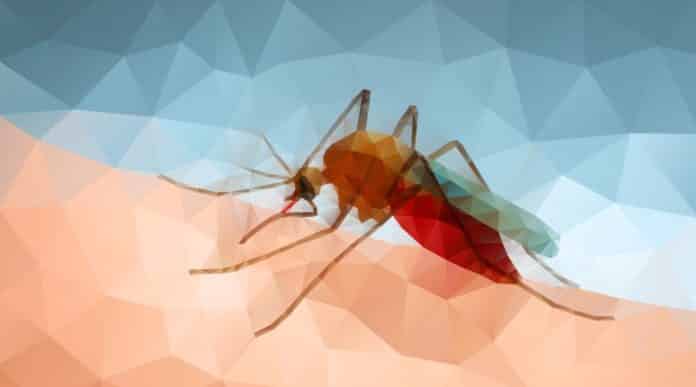IIT Roorkee Team Identifies Chikungunya Tackling Molecule
Chikungunya is perhaps one of the lesser known viruses transmitted to humans by mosquitoes. Certain parts of Africa, Southeast Asia, and India report the some of the largest number of cases each year. The disease usually results in painful and disabling symptoms, although rarely causing grave complications resulting in death.
Now, researchers at the IIT Roorkee have discovered a molecule, they report is capable of antiviral activity against Chikungunya virus. This capability was found to achieve about 99 per cent reduction in the virus.
Dr Shailly Tomar of the Biotechnology department at the institute said, “Chikungunya is gradually becoming a major public health concern, with many affected by it every year. There is no vaccine or antiviral drug available in the market for the cure of chikungunya currently. The treatment focussed on relieving the symptoms associated with the virus infection. Developing a new antiviral drug molecule can take over a decade and that is the reason why we are looking at repositioning existing, approved drugs and testing these to see if they might inhibit or kill pathogenic viruses.”
Specifically, the study includes the potentiality of piperazine as a pharmacotherapeutic agent, and its binding to the hydrophobic
pocket of capsid protein, present in the culprit virus, offers a new perspective for therapeutic intervention, thereby inhibiting the spread of the virus.In the course of their investigation, the team headed by Tomar began employed two molecules identified earlier- Pep-I and Pep-II — for their inhibitory activity. They found that Pep-I — has superior antiviral activity against the virus when compared to the other molecule.
The small molecule was discovered to be effective in binding to the protein of the virus (nsP2 protease) which prevented the virus from replicating. The team then hypothesised that any molecule that inhibited nsP2 protease should also possess a antiviral activity.
To test out this theory of theirs, the researchers carried out antiviral studies using cell lines. “The studies confirmed that both molecules had significant ability to kill the virus. The Pep-I molecule was very efficient in killing the virus — 99% reduction in virus at 5 microMolar,” says Prof. Tomar.
The Pep-II molecule exhibited reduced antiviral activity of only 50% even at a higher concentration of about 200 microMolar.
“When 10 microMolar of Pep-I was used no viable virus could be detected in the culture. The antiviral activity was tested by adding the molecules directly into the virus culture. The two molecules also reduced the viral RNA thus confirming the antiviral activity,” says Rajat Mudgal from the Department of Biotechnology at IIT Roorkee and one of the first authors of the paper.
“We found even when the concentration of the two molecules was less than 50 microMolar, they were able to effectively inhibit the protease. Generally, when less than 50 microMolar concentration produces good enzyme inhibition it is considered good in terms of potency and effectiveness,” says Harvijay Singh who is the other first author of the paper.
“Our research has showed that piperazine, a drug existing in the market, is successful in curbing the spread and replication of the Chikungunya virus in a lab setting. We are currently testing the molecule on animals hope to take this to clinical trials soon,” said Tomar.



























